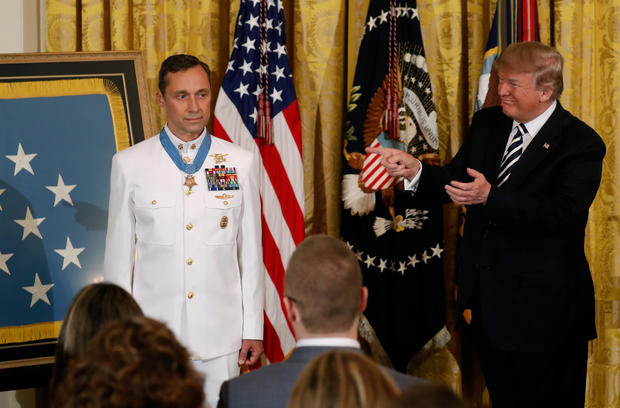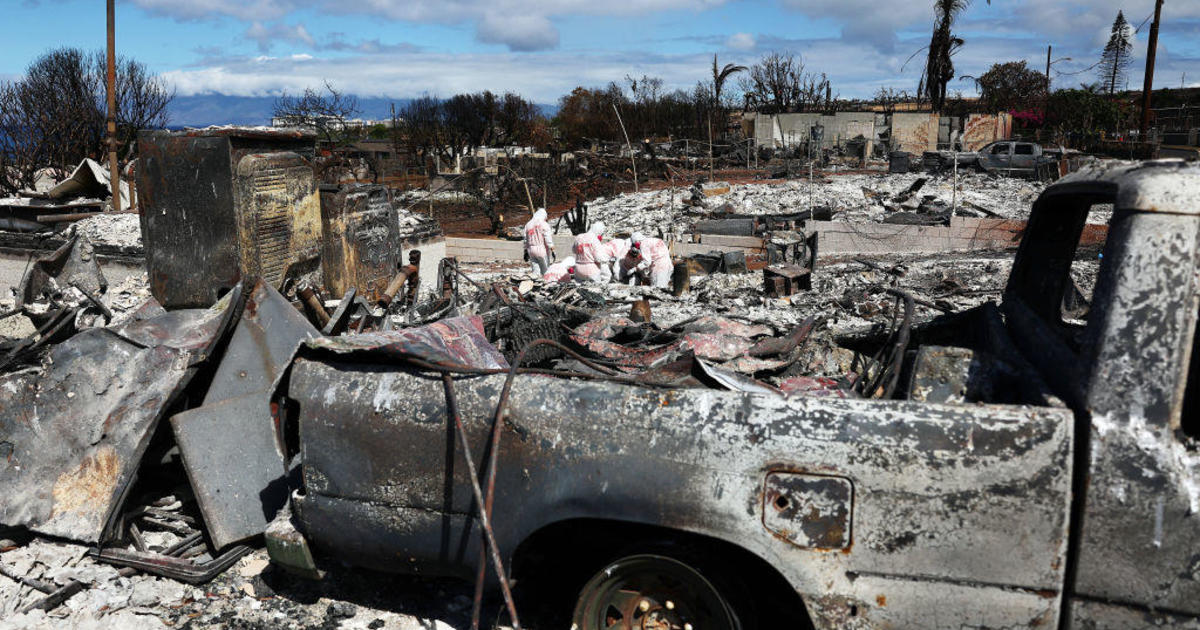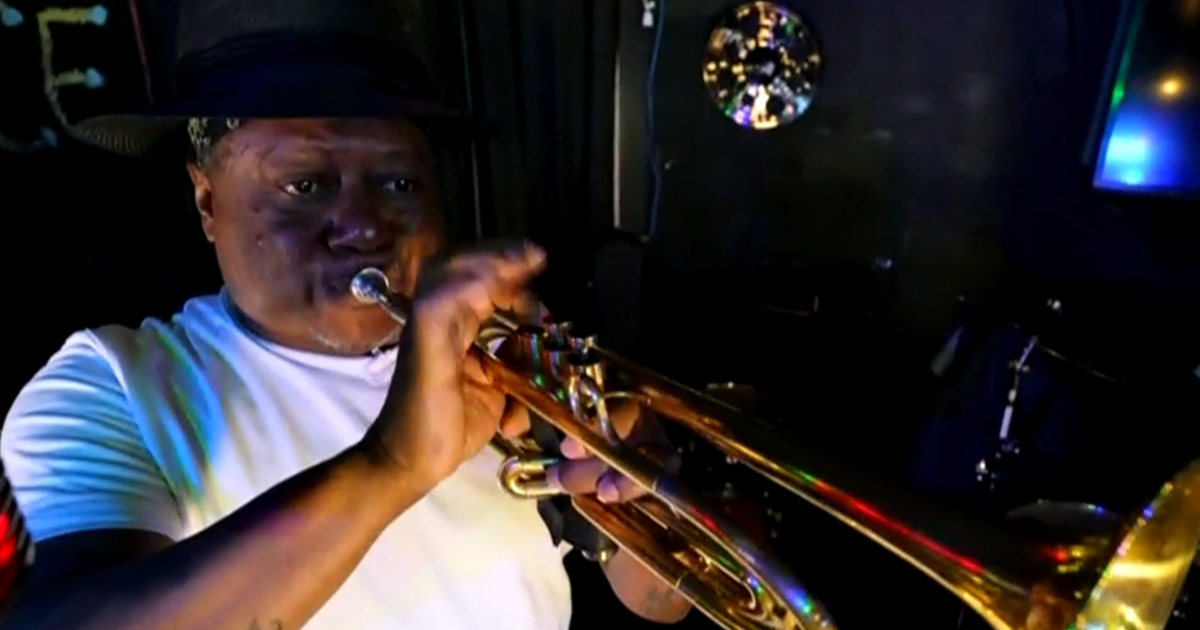"Not a day goes by that I don't think of it": Medal of Honor recipient on Afghan battle
Members of "the Old Guard" placed American flags at more than 228,000 graves at Arlington National Cemetery on Thursday for Memorial Day, and a retired Navy SEAL, whose thoughts are always with his fallen comrades, was awarded the Medal of Honor.
The March 2002 ambush became known as the Battle of Roberts Ridge, one of the most savage and controversial of the Afghan war.
Navy SEAL Britt Slabinski led his seven-man reconnaissance team onto a ridge line from which he could call in air strikes on al Qaeda fighters in a valley 10,000 feet below. But the enemy had already occupied the ridge and opened fire on Slabinski's helicopter.
"The aircraft was moving very violently and hydraulic fluid all over the floor from the -- those big bullets the size of your finger were passing through the aircraft," Slabinski said.
One of his team, Neil Roberts, slipped and fell out of the helicopter as it veered off to make a crash landing. Slabinski commandeered a second helicopter and went back to get Roberts. He made the decision to go back in even though he knew the enemy would be waiting.
"I knew that Neil didn't really have any other options, that we had to go get him," Slabinski said.
This video from a Predator drone overhead shows Slabinski and his men coming off the helicopter to rescue Roberts. What they didn't know is he had already been killed. Next to Slabinski was Air Force Sgt. John Chapman. A machine gun opened fire.
"John went down right away and I could feel the bullets passing through my clothes," Slabinski said.
Slabinski tried to silence the machine gun, but the incoming fire was overwhelming.
"My guys are basically just being torn apart up here," he said.
He ordered his team to pull back off the ridge, but first he checked on Chapman.
"I go over to where John was and crawl right over the top of John and I'm looking for some sign of life from John. I didn't get any, any sign from him," Slabinski said.
But later analysis of the video indicated Chapman might have been still alive, raising the awful possibility that he had been left behind.
Slabinski remains certain he saw no sign of life in Chapman, but it is a decision that will stay with him for the rest of his life.
"Not a day goes by -- not a day goes by that I don't think of it. Not a day," Slabinski said.
The battle ranged for 17 more hours and five more Americans lost their lives.
"The magnitude of what we lost there is what I want people to focus on, because that's what I carry with me every day," Slabinski said.




